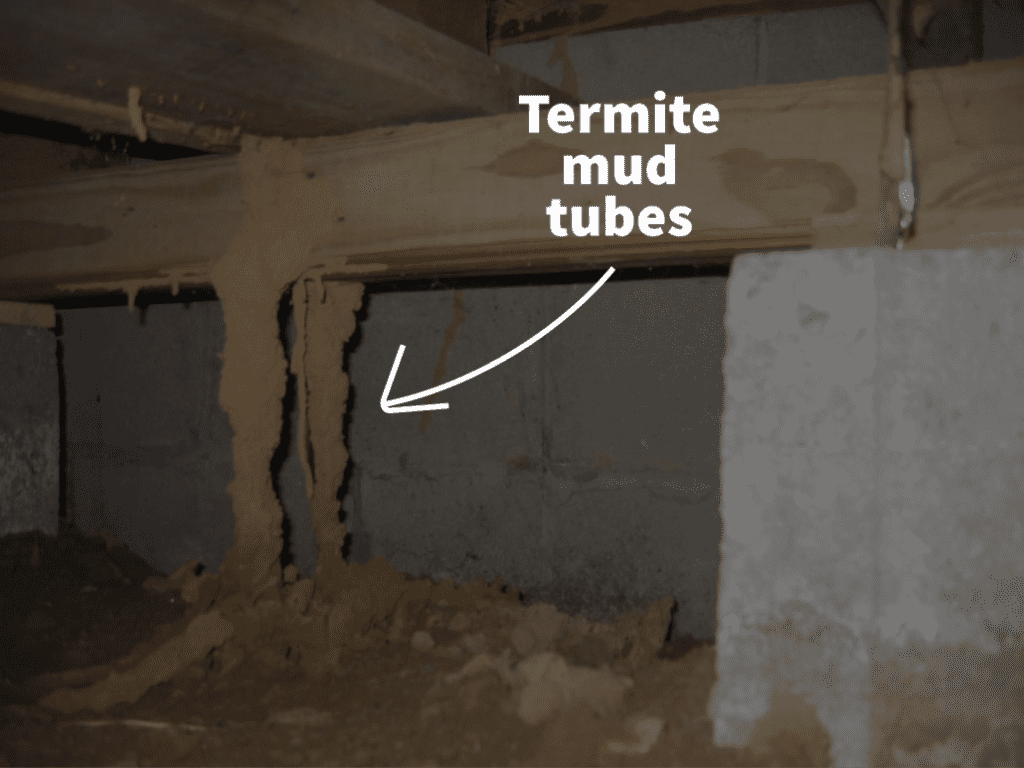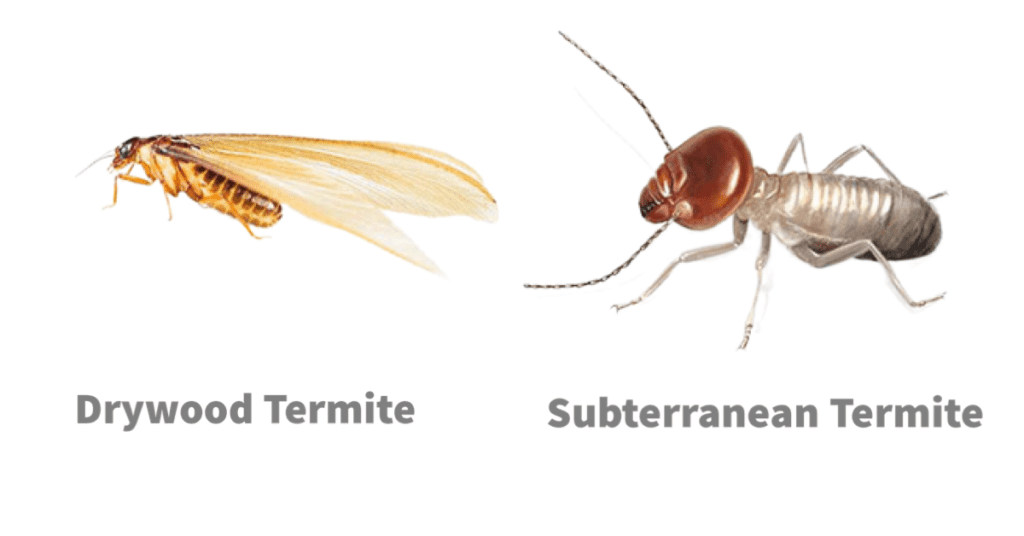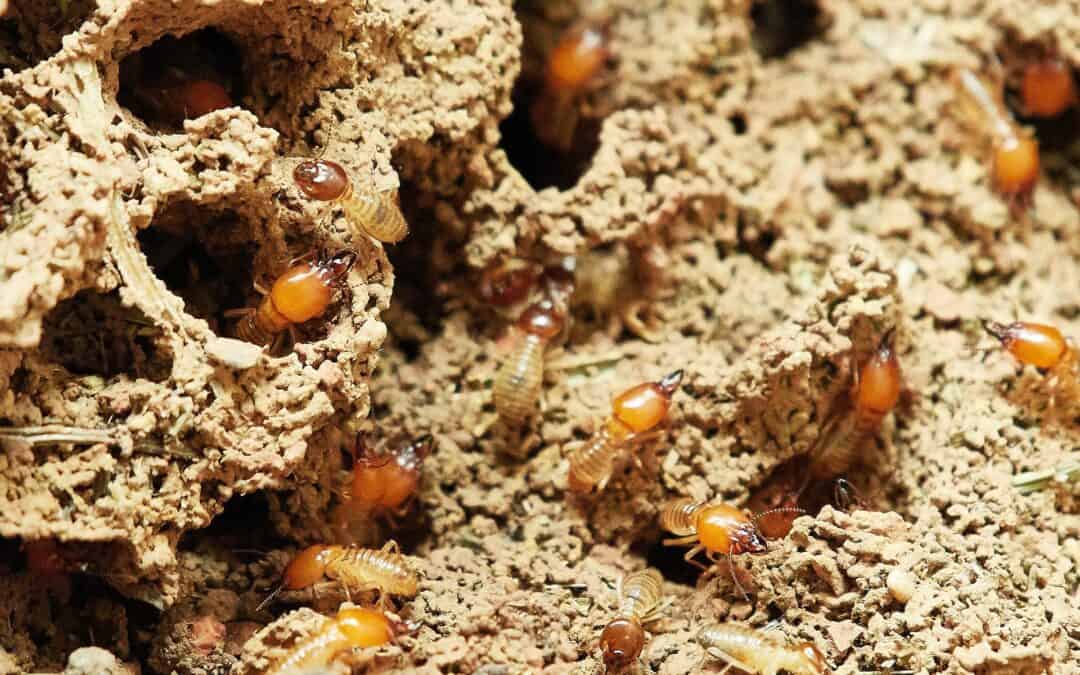Termites are tiny insects that feed on wood and can cause significant damage to homes and other wooden structures. Identifying termites in your home is essential to prevent serious damage and ensure the safety of your property. Here are five ways to identify termites in your home:
Visible signs of damage
One of the most obvious signs of a termite infestation is visible damage to wooden structures. Check for signs of damage, such as hollowed-out or damaged wood, sagging floors or ceilings, or visible mud tubes, which are small tunnels that termites build to travel from their nest to a food source.
Presence of swarms
Termites often swarm in large groups when they are looking for a new place to establish a colony. If you see a swarm of insects in or around your home, it’s important to identify them quickly to determine if they are termites. Termites have straight antennae and wings that are equal in size, while other insects, such as flying ants, have bent antennae and wings that are different sizes.
Presence of mud tubes
Mud tubes are small tunnels made of mud, soil, and saliva that termites use to travel from their nest to a food source. These tubes are often found along foundation walls, under floorboards, or in crawl spaces. Check for signs of mud tubes to determine if there is a termite infestation in your home.

Tapping sounds
Termites are noisy insects and can be heard tapping and chewing on wood. If you hear a tapping sound coming from the walls or ceilings, it’s possible that termites are feeding on the wood in your home.
Hiring a professional
If you suspect a termite infestation in your home, it’s important to hire a professional exterminator to conduct a thorough inspection. A trained professional can identify the type of termite and the extent of the infestation, and recommend an appropriate treatment plan.

Subterranean vs Drywood Termites
There are two main types of termites that homeowners should be aware of: subterranean termites and drywood termites. Here are some differences between these two types of termites:
Habitat
Subterranean termites live in the soil and build their nests underground, while drywood termites live in dry wood and do not require contact with the soil. Subterranean termites require moisture and will create mud tubes to travel between their nest and food sources, while drywood termites do not require moisture and will infest dry wood without the need for tubes.
Infestation location
Subterranean termites often infest areas near the foundation of a building, while drywood termites are typically found in the attic, walls, and other dry wooden areas of a home. Subterranean termites are more likely to cause damage to the structure of a building, while drywood termites can cause cosmetic damage and weaken wooden structures over time.
Appearance
Subterranean termites have a dark, hard exoskeleton and are approximately 1/8 to 3/8 inch in length. Drywood termites are larger, with a light-colored body and reddish-brown head. They can be up to 1/2 inch in length.
Treatment methods
Treatment for subterranean termites typically involves applying liquid or bait treatments to the soil around a building, as well as sealing entry points and removing sources of moisture. Treatment for drywood termites often involves localized treatments, such as using a fumigation or heat treatment to kill the insects.
Damage severity
Subterranean termites can cause extensive damage to a building’s structure over time, and the damage may not be visible until it is severe. Drywood termites typically cause less damage, but can still weaken wooden structures and cause cosmetic damage that is visible.
Termite Inspections
Termite inspections are not considered part of a standard home inspection but can be added as an ancillary service in some cases. Termite inspections are recommended for all homes, especially in warm and humid climates like Florida. The older the home, the more likely evidence of termites or termite damage will be found.

